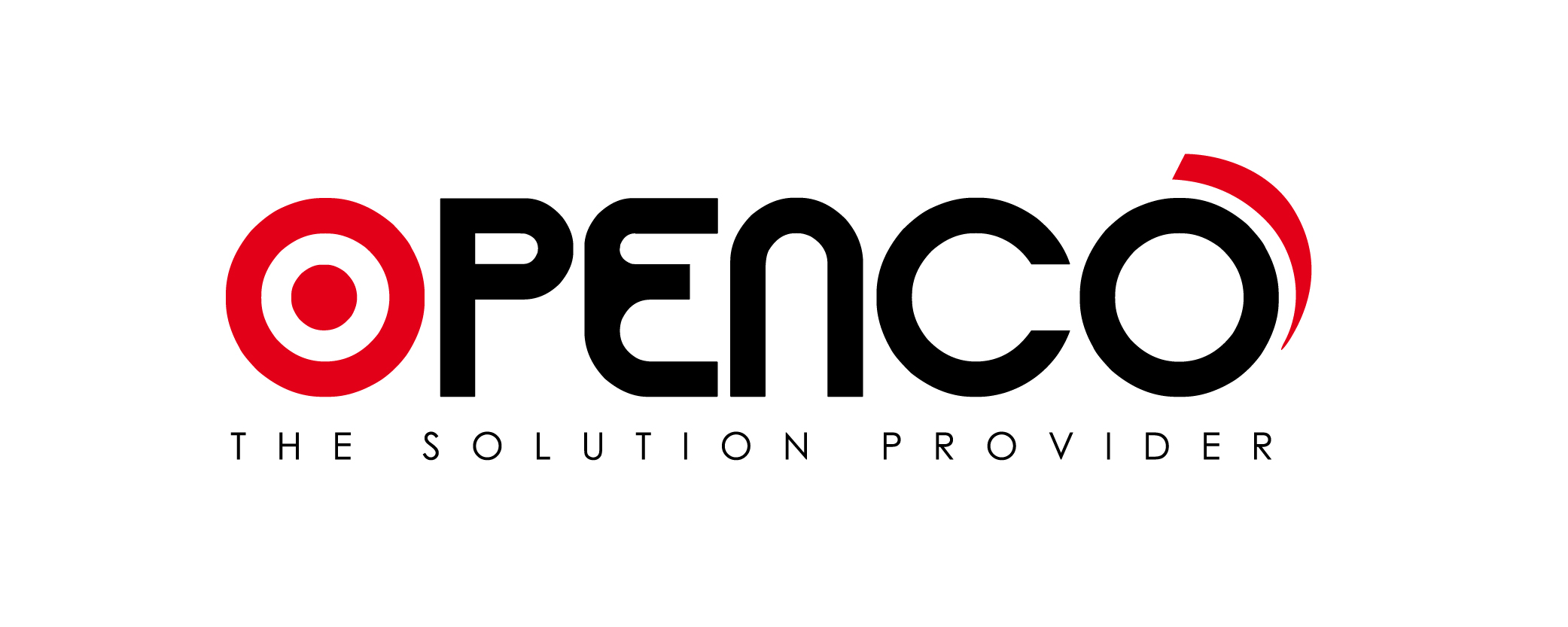How to Use Blasting or Sandblasting and shot, Powder Coating Process
Introduction:
Blasting or Sandblasting and shot, Powder Coating Process Powder coating is a type of coating that is applied as a free-flowing, dry powder. The main difference between a conventional liquid paint and a powder coating is that the powder coating does not require a solvent to keep the binder and filler parts in a liquid suspension form. The coating is typically applied electrostatically and is then cured under heat to allow it to flow and form a “skin”. It is usually used to create a hard finish that is tougher than conventional paint. Powder coating is mainly used for coating of metals, such as household appliances, aluminium extrusions, drum hardware, and automobile and bicycle parts.
We are specialists in analyzing customer needs and coming up with a personalized customizable solutions, coupled with free installation, after sales service and a warranty for the products.
The powder coating process:
The powder coating process involves three basic steps:
1. Part preparation or the pre-treatment
2. The powder application
3. Curing
Part preparation processes and equipment
Removal of oil, dirt, lubrication greases, metal oxides, welding scale etc. is essential prior to the powder coating process. It can be done by a variety of chemical and mechanical methods. The selection of the method depends on the size and the material of the part to be powder coated, the type of impurities to be removed and the performance requirement of the finished product.
- Chemical Pre-Treatment: Chemical pre-treatments involve the use of phosphates or chromates in submersion or spray application. These often occur in multiple stages and consist of degreasing, etching, de-smutting, various rinses and the final phosphating or chromating of the substrate. The pre-treatment process both cleans and improves bonding of the powder to the metal. Recent additional processes have been developed that avoid the use of chromates, as these can be toxic to the environment. Titanium zirconium and silanes offer similar performance against corrosion and adhesion of the powder.
-
Abrasive blasting or sandblasting and shot blasting:
Another method of preparing the surface prior to coating is known as abrasive blasting or sandblasting and shot blasting. Blast media and blasting abrasives are used to provide surface texturing and preparation, etching, finishing, and degreasing for products made of wood, plastic, or glass. The most important properties to consider are chemical composition and density; particle shape and size; and impact resistance.Silicon carbide grit blast medium is brittle, sharp, and suitable for grinding metals and low-tensile strength, non-metallic materials. Plastic media blast equipment uses plastic abrasives that are sensitive to substrates such as aluminium, but still suitable for de-coating and surface finishing. Sand blast medium uses high-purity crystals that have low-metal content. Glass bead blast medium contains glass beads of various sizes. Cast steel shot or steel grit is used to clean and prepare the surface before coating. Shot blasting recycles the media and is environmentally friendly. This method of preparation is highly efficient on steel parts such as I-beams, angles, pipes, tubes and large fabricated pieces.
Different powder coating applications can require alternative methods of preparation such as abrasive blasting prior to coating.
The powder application Process:
The most common way of applying the powder coating to metal objects is to spray the powder using an electrostatic gun, or corona gun. The gun imparts a positive electric charge to the powder, which is then sprayed towards the grounded object by mechanical or compressed air spraying and then accelerated toward the workpiece by the powerful electrostatic charge.
Another type of gun is called a tribo gun, which charges the powder by (tribo-electric) friction. In this case, the powder picks up a positive charge while rubbing along the wall of a Teflon tube inside the barrel of the gun. These charged powder particles then adhere to the grounded substrate. Using a tribo gun requires a different formulation of powder than the more common corona guns. Tribo guns are not subject to some of the problems associated with corona guns, however, such as back ionization and the Faraday cage effect.
Curing: When a thermoset powder is exposed to elevated temperature, it begins to melt, flows out, and then chemically reacts to form a higher molecular weight polymer in a network-like structure. This cure process, called crosslinking, requires a certain temperature for a certain length of time in order to reach full cure and establish the full film properties for which the material was designed. Normally the powders cure at 200 °C (390 °F) for 10 minutes. The curing schedule could vary according to the manufacturer’s specifications.

